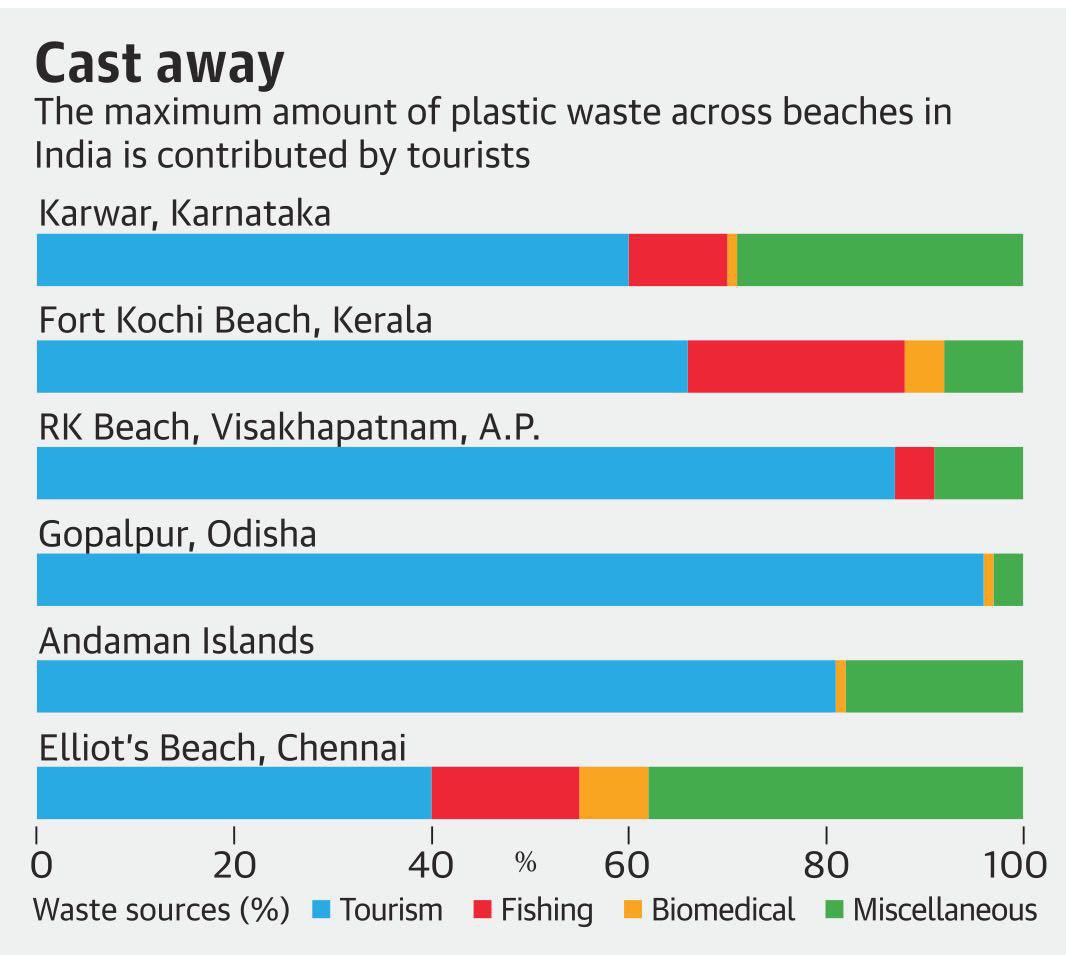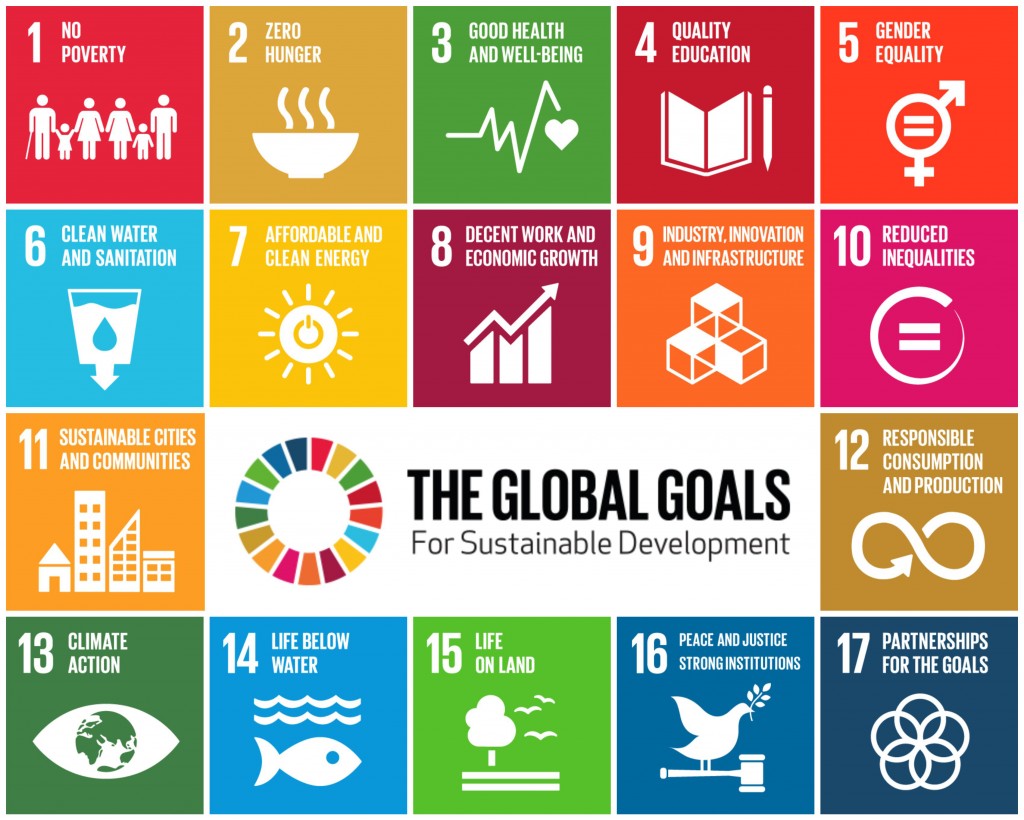In news: Thanks to concerted efforts by the Tiger Conservation Foundation (TCF), the number of tigers in the Nagarjunasagar Srisailam Tiger Reserve (NSTR) in Andhra Pradesh has gone up, reversing the steady decline in the number of the endangered species over a period.
The TCF has decided to hike the Environment Maintenance Charge (EMC) and use the funds for anti-poaching activities, which included development of an intelligence network and reforestation of the degraded patches in the Nallamala forests.’ Tiger conservation gets a boost in A.P.
The Wildlife (Protection) Amendment Act, 2006
The Tiger Conservation Foundation shall, inter alia have the following objective:—
- (a) to facilitate ecological, economic, social and cultural development in the tiger reserves;
- (b) to promote eco-tourism with the involvement of local stakeholder communities and provide support to safeguard the natural environment in the tiger reserves;
- (c) to facilitate the creation of, and or maintenance of, such assets as may be necessary for fulfilling the above said objectives;
- (d) to solicit technical, financial, social, legal and other support required for the activities of the Foundation for achieving the above said objectives;
- (e) to augment and mobilise financial resources including recycling of entry and such other fees received in a tiger reserve, to foster stake-holder development and eco-tourism;
- (f) to support research, environmental education and training in the above related fields.
As of today (10-11-2019 ) there are 41 Tiger Conservation Foundation (TCF) in the country.
Sl. No. | Tiger Reserve/State |
1. | Pakke Tiger Conservation Foundation, Arunachal Pradesh |
2. | Namdapha Tiger Conservation Foundation, Arunachal Pradesh |
3. | Dampa Tiger Conservation Foundation. Tuikhuahtlang, Mizoram |
4. | Andhra Pradesh Tiger Conservation Foundation, Andhra Pradesh (for Nagarjunasagar Srisailam TR) |
5. | Bandipur Tiger Conservation Foundation, Karnataka |
6. | Bhadra Tiger Conservation Foundation, Karnataka |
7. | Dandeli Anshi (Kali) Tiger Conservation Foundation, Karnataka |
8. | Kalakakad Mundanthurai Tiger Conservation Foundation, Tamil Nadu |
9. | Mudumalai Tiger Conservation Foundation, Tamil Nadu, Udhagamandlam. |
10. | Anamalai Tiger Conservation Foundation, Tamil Nadu |
11. | Madhya Pradesh (Kanha, Satpura, Pench, Panna, Bandhavgarh & Sanjay-Dubri) |
12. | Buxa Tiger Conservation Foundation Trust, West Bengal |
13. | Sundarban Tiger Conservation Foundation Trust, West Bengal |
14. | Manas Tiger Conservation Foundation, Assam |
15. | Kaziranga Tiger Conservation Foundation, Assam |
16. | Nameri Tiger Conservation Foundation, Assam |
17. | Achanakmar Tiger Conservation Foundation, Chhattisgarh |
18. | Udanti-Sitanadi Tiger Conservation Foundation, Chhattisgarh |
19. | Tadoba Andhari Tiger Reserve Conservation Foundation, Maharashtra |
20. | Indravati Tiger Conservation Foundation, Chhattisgarh |
21. | Ranthambhore Tiger Conservation Foundation, Rajasthan |
22. | Sariska Tiger Conservation Foundation, Alwar, Rajasthan |
23. | Corbett Tiger Conservation Foundation, Uttarakhand |
24. | Pench Tiger Conservation Foundation, Maharashtra |
25. | Melghat Tiger Reserve Conservation Foundation, Maharashtra |
26. | Similipal Tiger Conservation Foundation, Odisha |
27. | Satkosia Tiger Reserve, Orissa |
28. | Nagarhole Tiger Reserve, Karnataka |
29. | Periyar Foundation, Periyar Tiger Reserve, Kerala |
30. | Parambikulam Tiger Reserve, Kerala |
31. | Valmiki Tiger Conservation Foundation, Bihar |
32. | BRT Tiger Conservation Foundation, Karnataka |
33. | Sahyadri Tiger Reserve Conservation Foundation, Kohlapur, Maharashtra |
34. | Palamau Tiger Reserve Conservation Foundation, Jharkhand |
35. | Bor Tiger Conservation Foundation, Maharashtra |
36. | Nawegaon-Nagzira Tiger Conservation Foundation, Maharashtra |
37. | Kawal Tiger Conservation Foundation, Telangana |
38. | Amrabad Tiger Conservation Foundation, Telangana |
39. | Sathyamangalam Tiger Conservation Foundation, Tamil Nadu |
40. | Mukandra Hills Tiger Conservation Foundation, Rajasthan |
41. | Dudhwa Tiger Reserve Conservation Foundation, Uttar Pradesh |
Pending TCF :-




